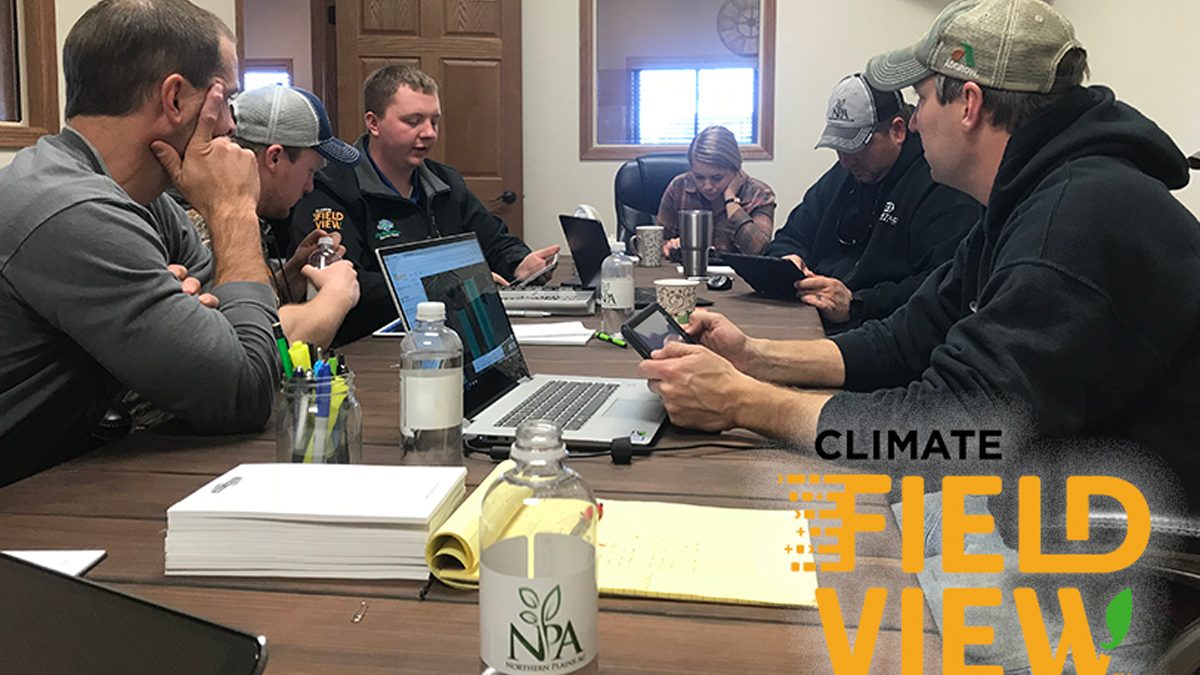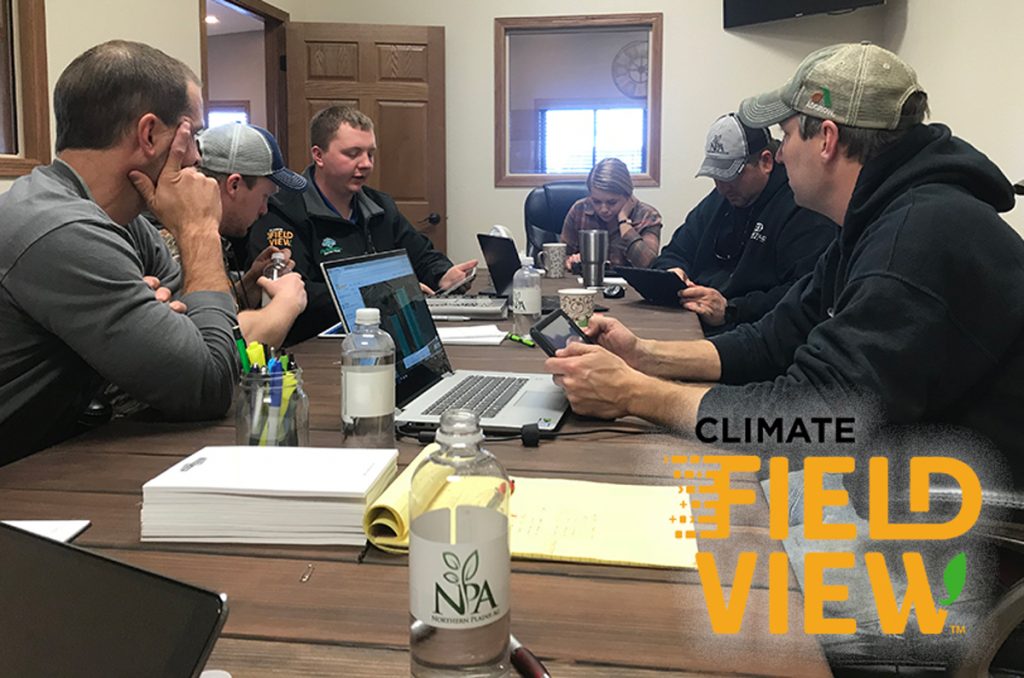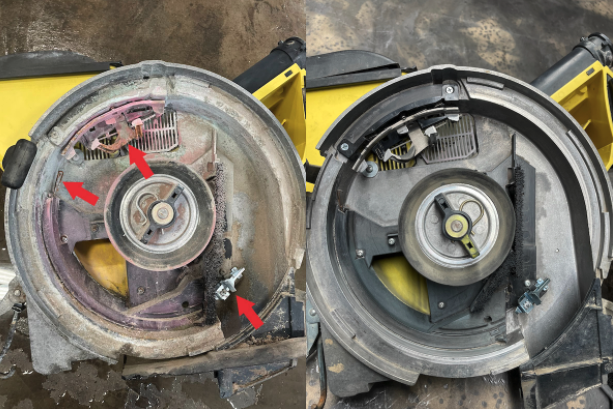Make the Most of Climate FieldView This Spring

Spring has arrived and it’s time to be in the fields. While you’re reacquainting yourself with your equipment and adjusting to life without those winter coveralls you may also be wondering if there’s an easier way to be planning and making decisions for your farm. If you’ve been following our blog you know that we’re fans of Climate FieldView and for several reasons. This solution can streamline your data collection process and store all your farm’s compatible data in one place where you will be able to analyze the decisions that can really impact your bottom line.
The heavy lifting the software can do is impressive, but that can also be overwhelming. Today I’m going to share some helpful videos to walk you through how to start strong this spring. Better data now will help you make better choices come harvest.
If you’re not familiar with how the data flow works with FieldView, I suggest you start with this overview. It will get you familiar with the nuts and bolts of how information is captured and stored in the system.
https://www.youtube.com/watch?v=3yuIxe-NTp4
Now let’s look at some specific applications for spring.
Tillage
New this year is the ability to create a coverage map for tillage. This allows you to easily keep track of acres covered and look back at the end of the season to see if different tillage tools could have influenced yield. This quick video will show you how to get your equipment set up in the system and to capture your tillage data.
https://www.youtube.com/watch?v=CGptoUuekHw
Seeding & Planting
FieldView also can connect to compatible air seeders allowing you to record a variety of information on many different crops. For example, you could use this on your farm to record two different soybean varieties you planted in the field. By capturing the seeding data, your harvest data will automatically line up and give you reports on how the two varieties compared.
Similarly, planting information is a very valuable piece of data that can be used to help make decisions when it comes time to plan for the following year. If you can collect data on planted hybrids, populations, seed treatments, and liquid fertilizer rates, you will be able to analyze that data compared to yield at the end of the year.
This can help you make decisions on what was the best population for your farm and what hybrids performed the best. Without the planting data layer, we do not have any data to compare yield to. Therefore, it’s important to take the time and enter all the information that is needed when you are planting.
This video will walk you through how to set up your tractor and planter.
https://www.youtube.com/watch?v=gLfFlHzz43g&t=43s
Sprayers
Another piece of equipment that will hit the fields soon is your sprayers. As of today, FieldView can capture data from sprayers that are controlled by Case or John Deere liquid controllers. These spray maps will be another great source of information to add in with your application data. Along with the coverage map, you will get average rate, average sprayer speed, application date and time, wind speed, wind direction, temperature, and sprayer notes.
View this tutorial to learn how to set your sprayer up to capture data using the Cab App.
Remember that you’re not alone with getting this technology up and running on your farm. I am here to help! Give me a call at the office (701-282-7476) or email – nolan@petersonfarmsseed.com if you have questions about getting started or equipment compatibility.
Even if you did not use Climate FieldView this spring we can use the data inbox to upload your previous data and get you set up to have a successful summer and fall.




